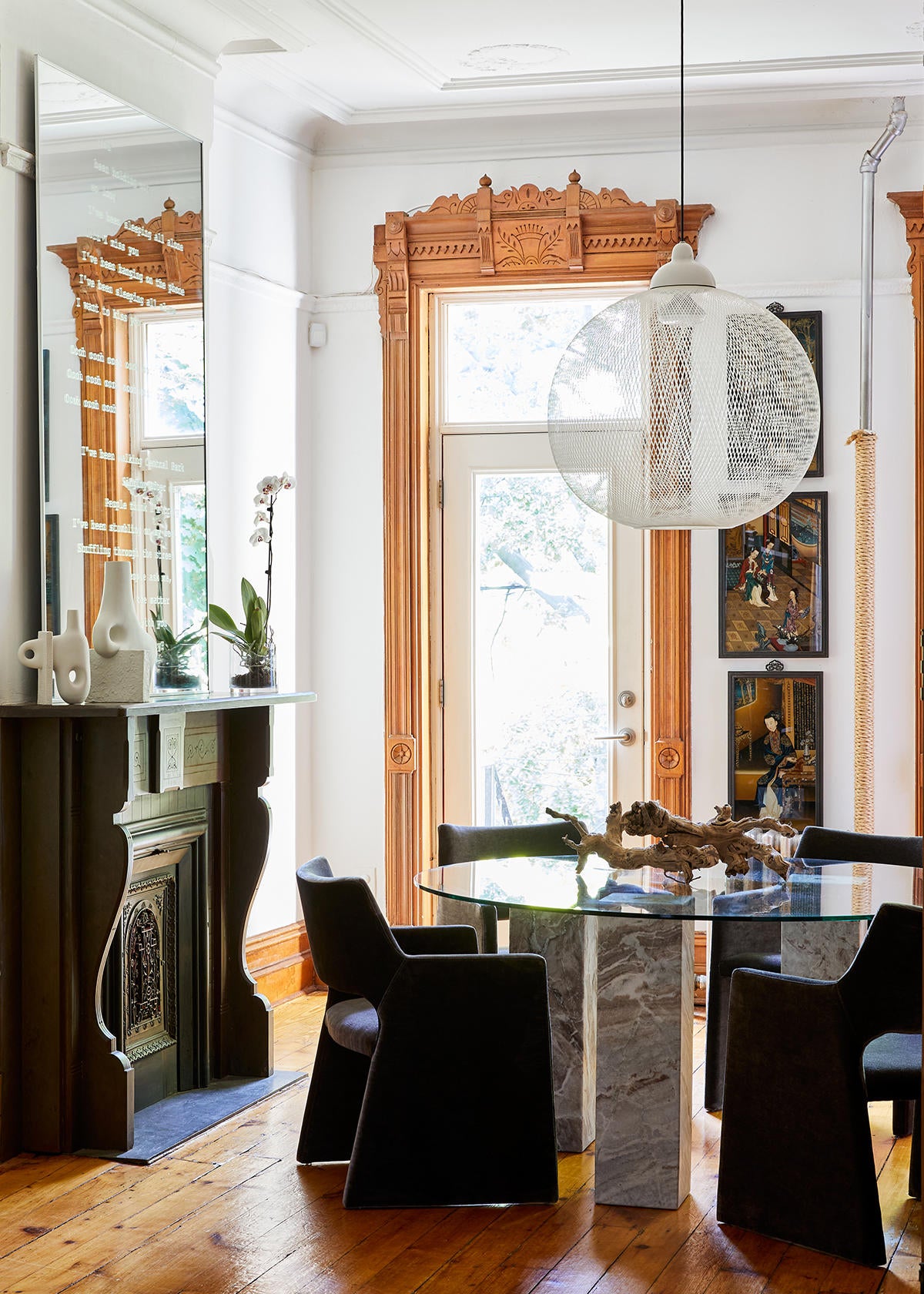Once you have a roster of happy clients singing your praises, it’s relatively easy to get more. But how do you get from zero to one? We asked four designers to share their stories.

An artful dining area designed by designer Megan Grehl basks in light pouring in between a hand-carved wooden doorframe.Colby Edwards
The Director

Ready to dig in?
This article is available exclusively for
BOH subscribers and BOH Insiders.
BOH subscribers and BOH Insiders.
Want full access?









































